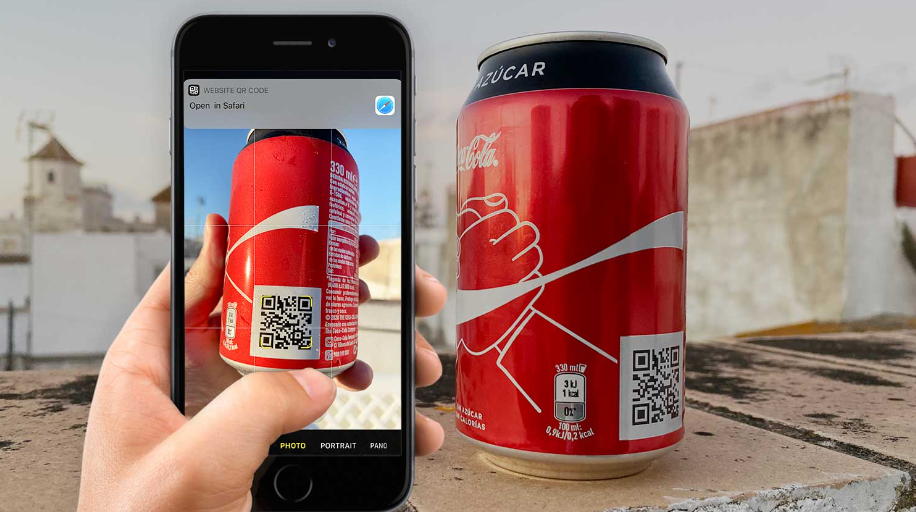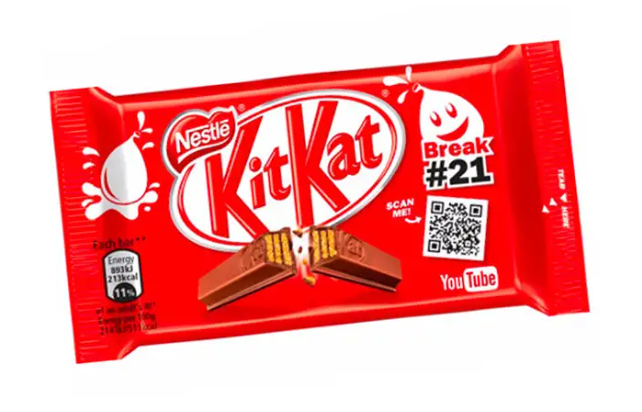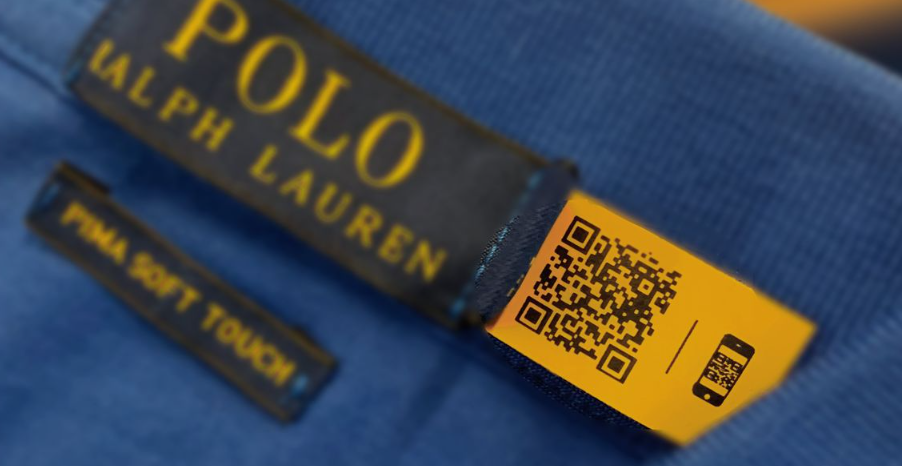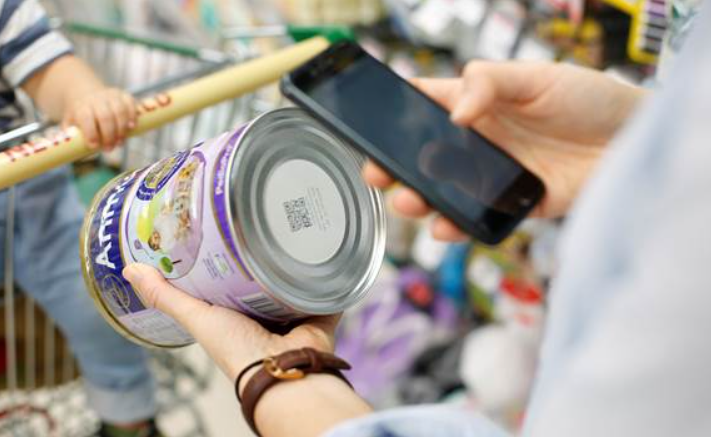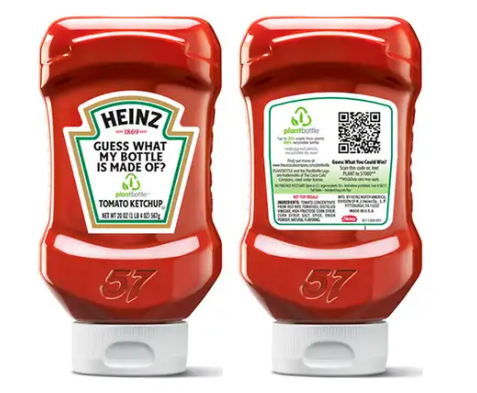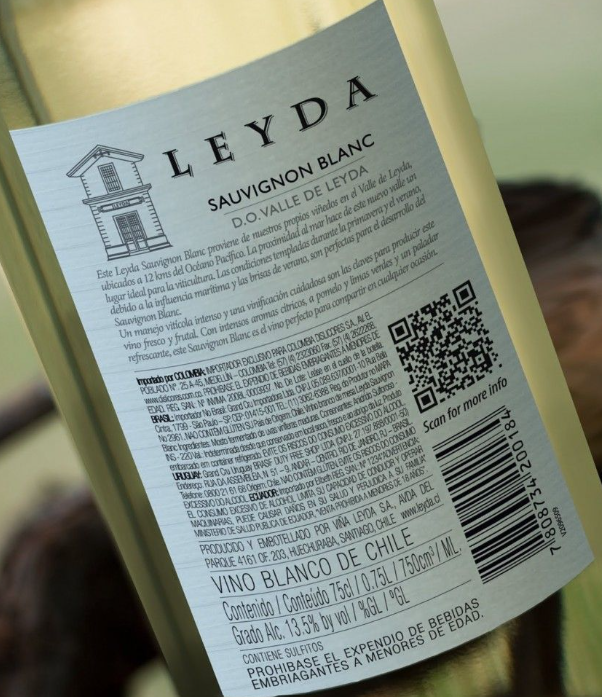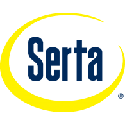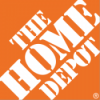A Proven Mechanism for Consumer Engagement
In recent years, the largest CPG (consumer product good) manufacturers have aggressively embraced QR Codes as an ideal mechanism to once again directly connect with their end users. The “connected consumer” has the luxury of consuming additional brand-provided content at their own discretion and manufacturers get to provide end-users with rich information to foster loyalty.
Since most new companies begin with direct-to-consumer models, they are able to establish direct relationships with their clients through email, social media, and even phone calls. A fundamental shift in focus occurs as companies attempt to grow their business through retail and distribution models. Their attention typically pivots toward companies with hundreds and possibly thousands of individual stores. Consequently, as the sales channels expand, it becomes more challenging to maintain fruitful connectivity with the expanding number of end-users.
When QR codes are integrated into packaging or product labels, manufacturers can creatively connect with their clients to establish trust and loyalty. The following are just a few examples of how large companies are taking advantage of this new digital bridge connecting their products to consumers.
Marketing
Nestle partnered with Google and used QR codes to creatively educate clients on WHY they need to take a break. The The KitKat QR code placed on the front of the chocolate candy bar redirected users to promotional YouTube videos.
Product Authentication
Ralph Lauren identified trust as a factor their clients valued. By including QR codes on the labels of its products they are able to engage its clients and help circumvent product counterfeiting. The QR code gave each item a unique digital identity so potential purchasers can determine that the product is authentic. In addition, it also allowed them the opportunity to provide information and styling advice.
The authentication process will help to tackle “counterfeits, grey market items and trademark infringement that can confuse the market,” said the company.
Sourcing Visibility
Fonterra is a New Zealand dairy cooperative that is using QR codes to track and trace products throughout its supply chain. By simply scanning the code, users can access information ranging from the raw milk source on the farm right all the way to the actual retailer providing the product. Each can has a unique QR code enabling detailed product authenticity and even a batch number.
Sustainability
To promote a new environment-friendly packaging, Heinz added QR codes to their ketchup packaging. Using a QR code as the digital bridge, consumers are directed to an app focused on how they can help conserve the environment. Visitors are educated on how to be more environmentally responsible and provided tools to proactively recycle.
Additional Product Information
Leyda is a Chilean winery using QR codes as a mechanism to provide consumers with expanded additional content that could never fit on their small wine labels. As a communication tool, they can not only share rich content but also show their passion and commitment to winemaking. By scanning the QR code, consumers can digitally visit their vineyards, view harvests, and become educated on pairings for each of their products.
“The Connected Consumer has the luxury to consume additional brand provided content at their own discretion.”
We Are Here To Help!
As the US Barcode Authority, we provide assistance to thousands of clients every month. Since our background is rooted in barcode origination and print quality, our services are used by the largest retailers, marketplaces, and manufacturers. For assistance, please contact us at sales@barcode-us.com.

